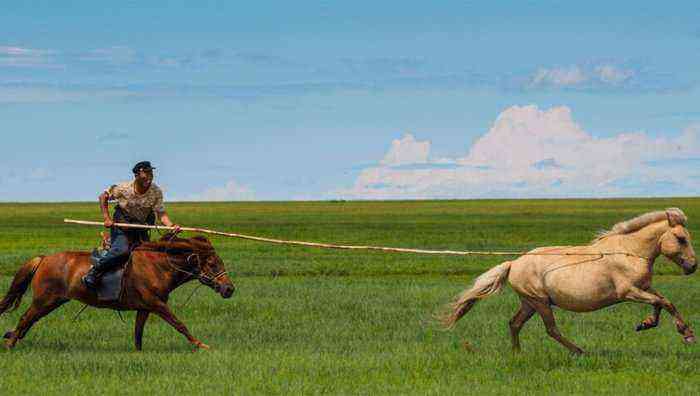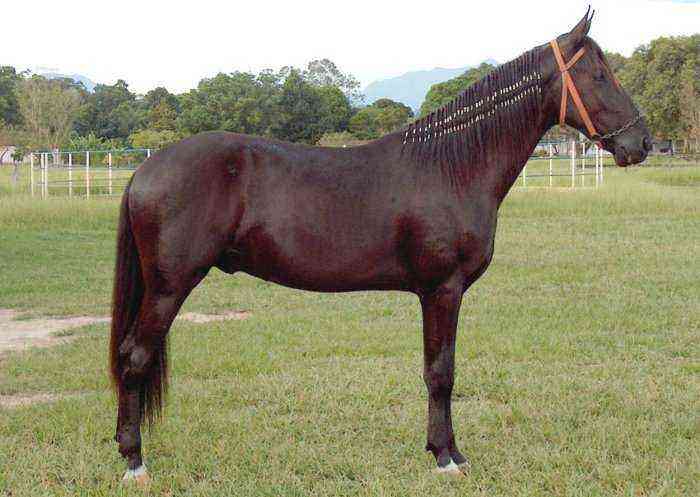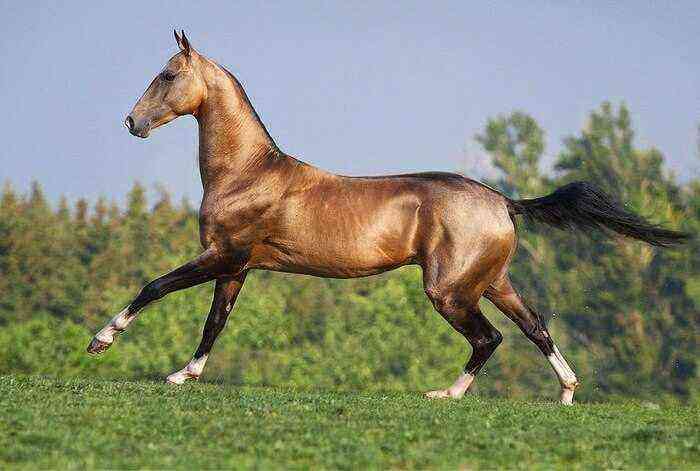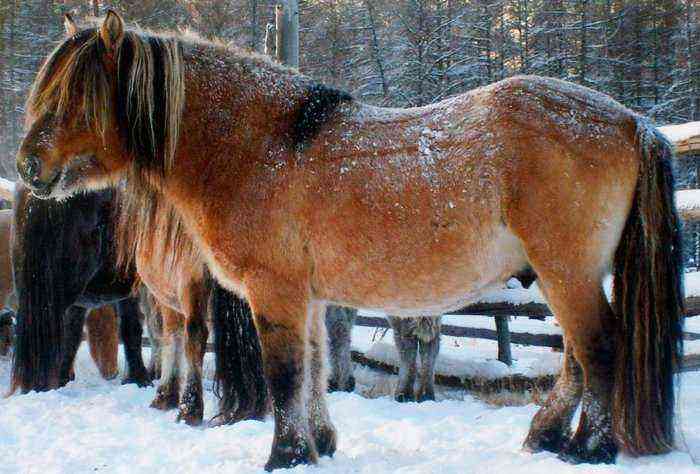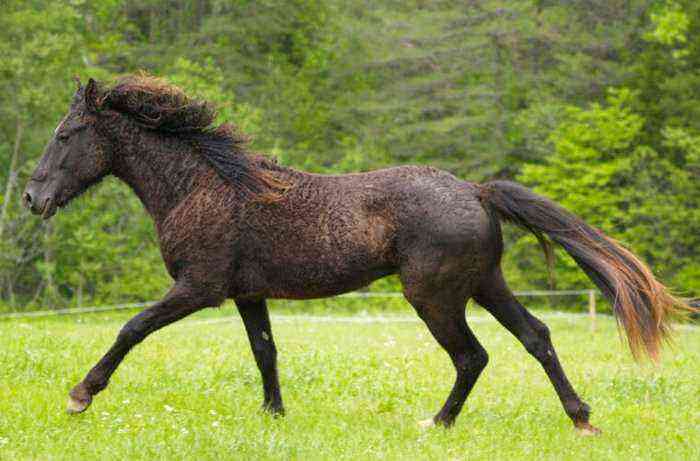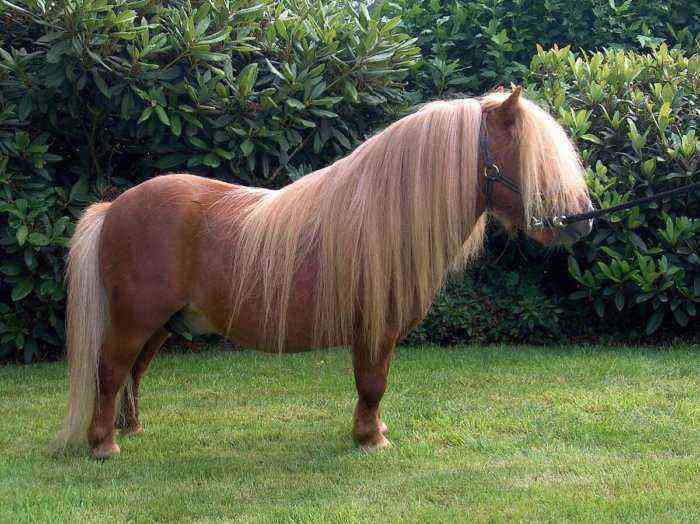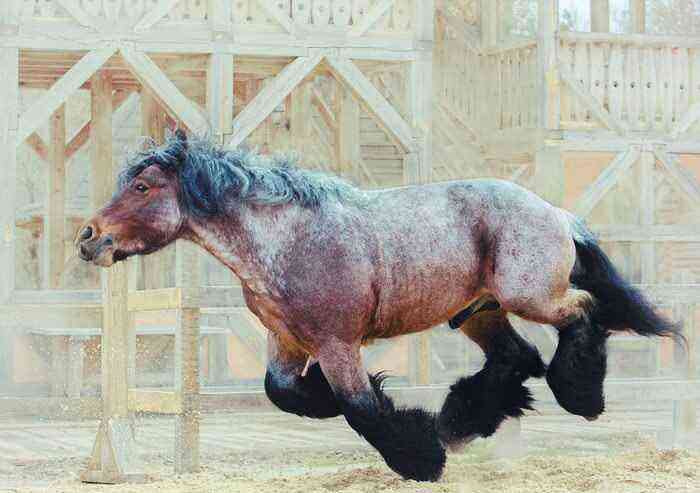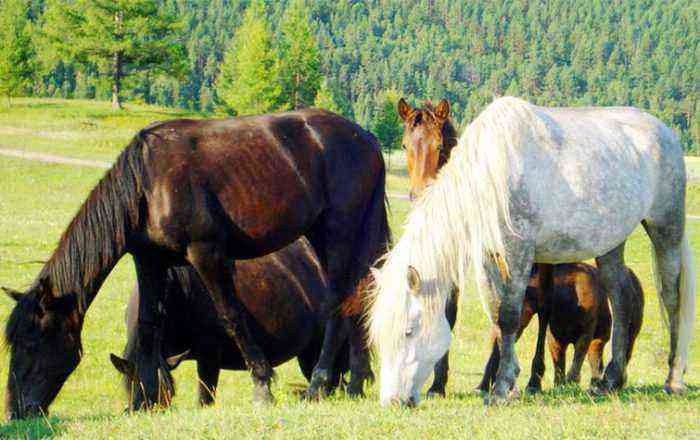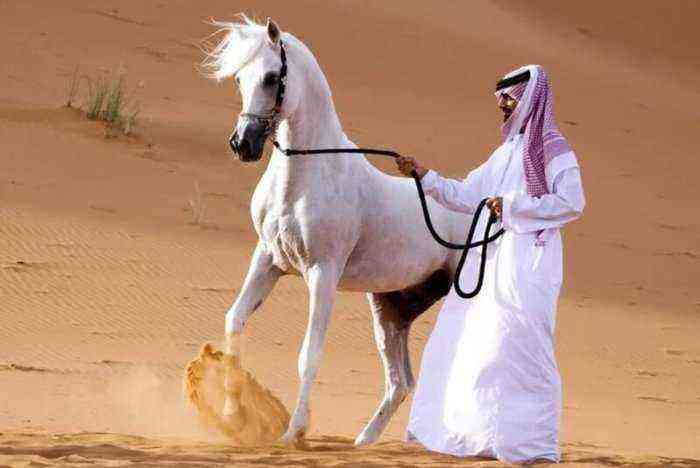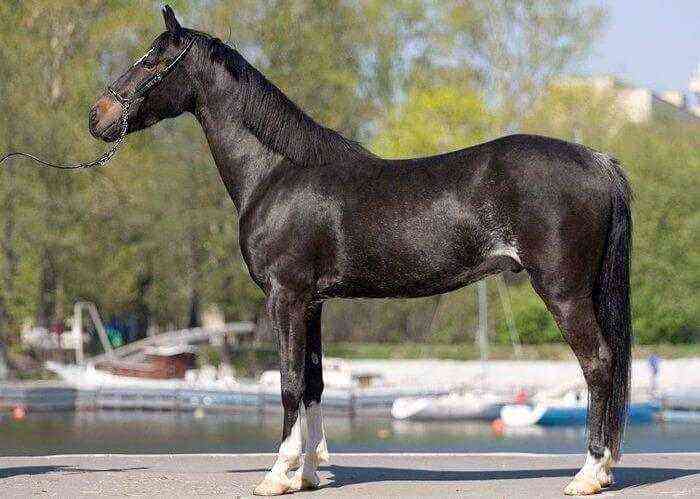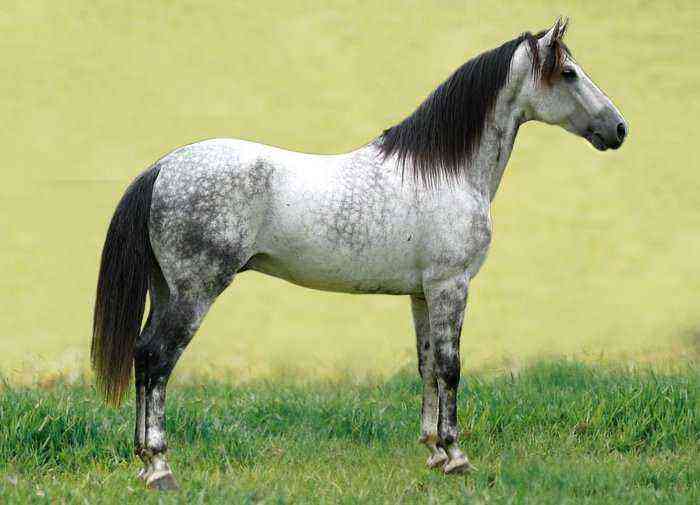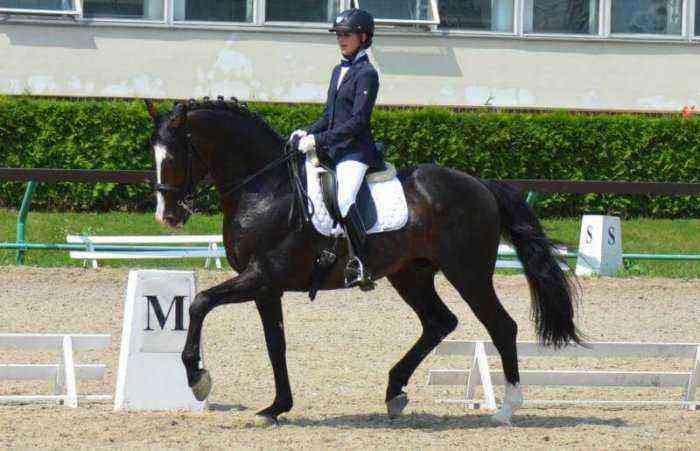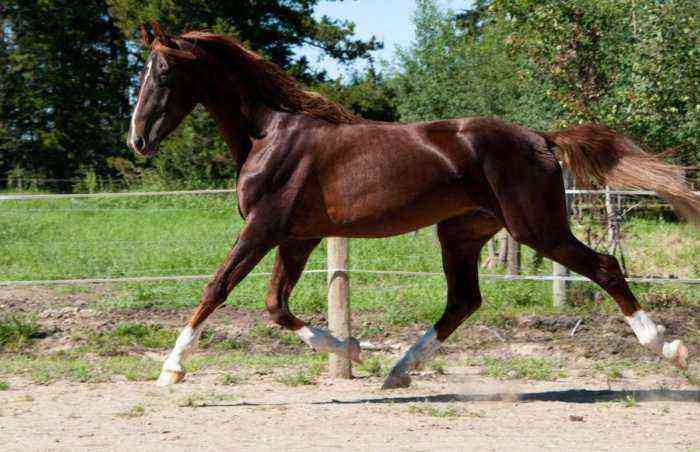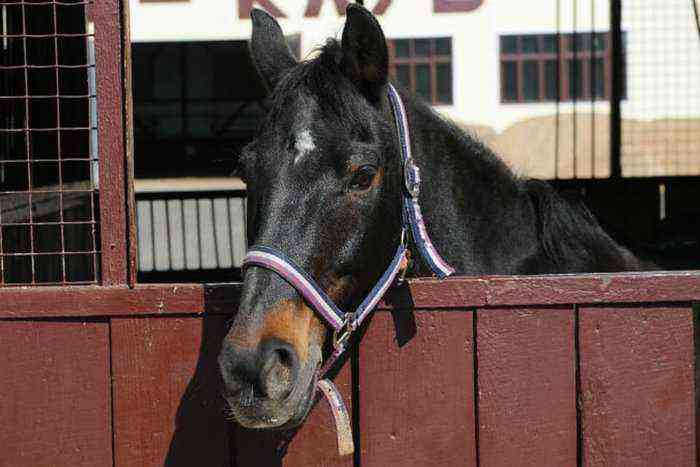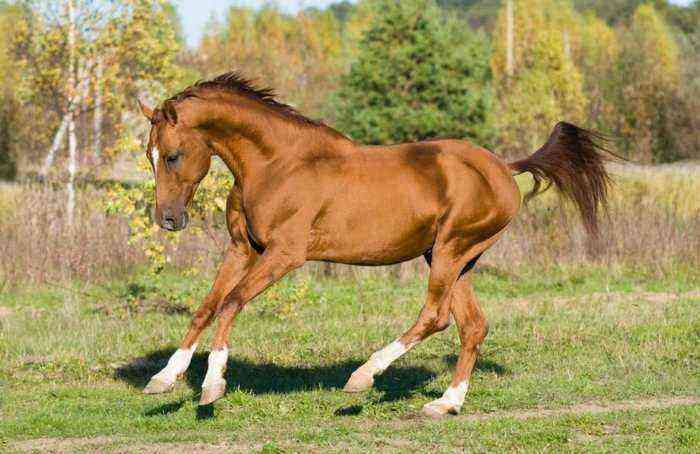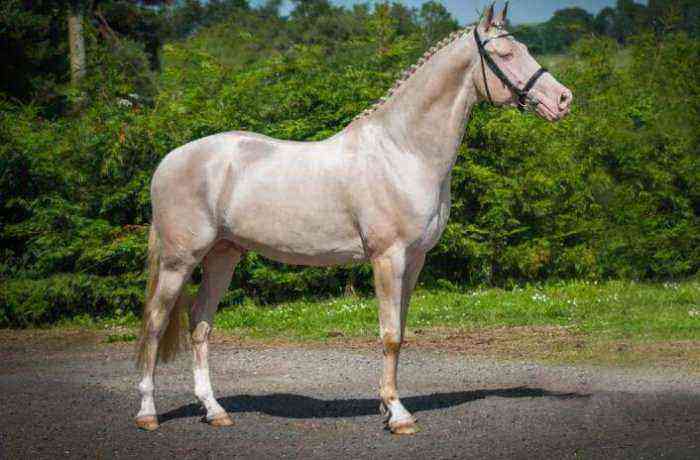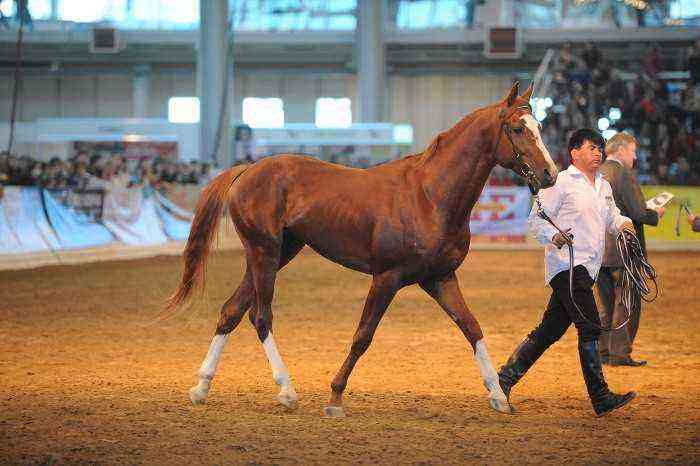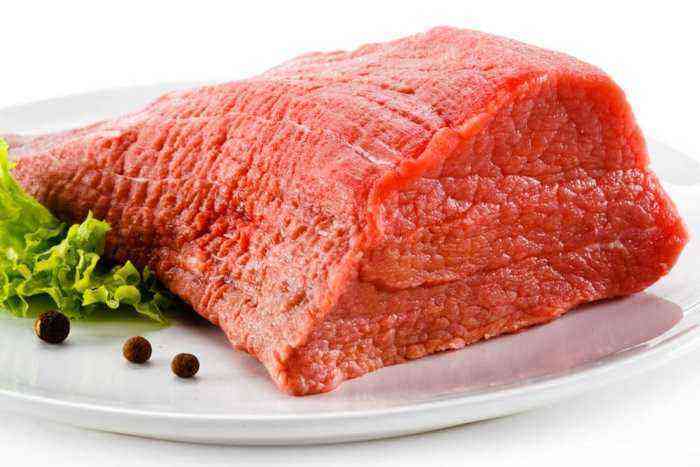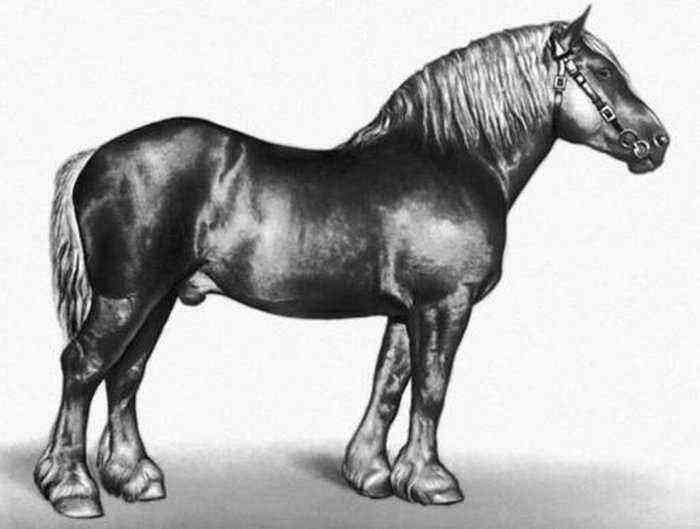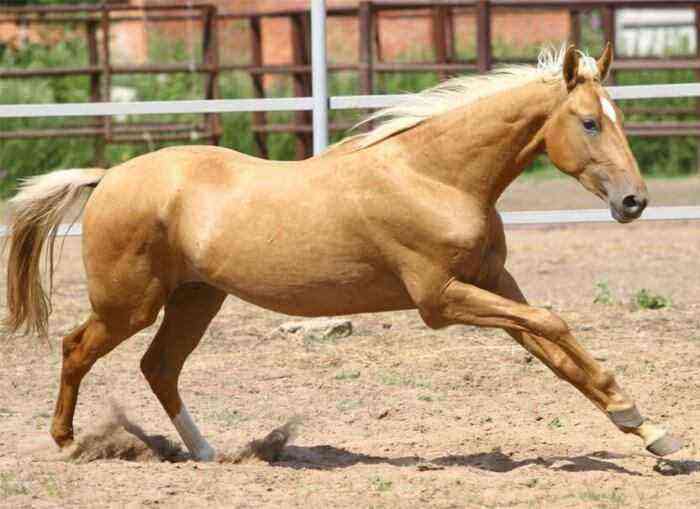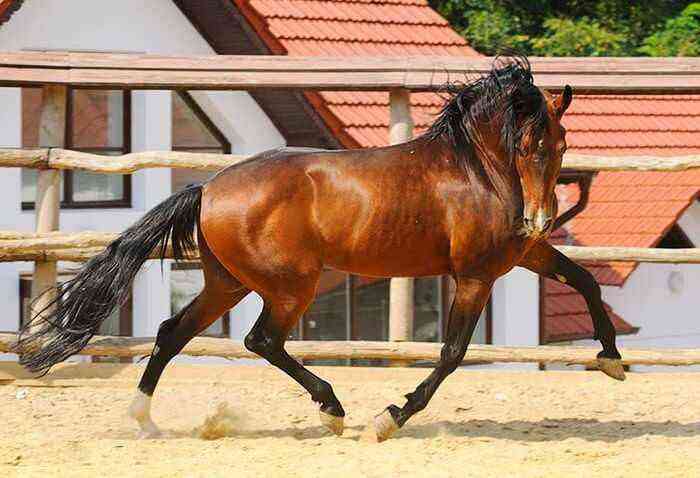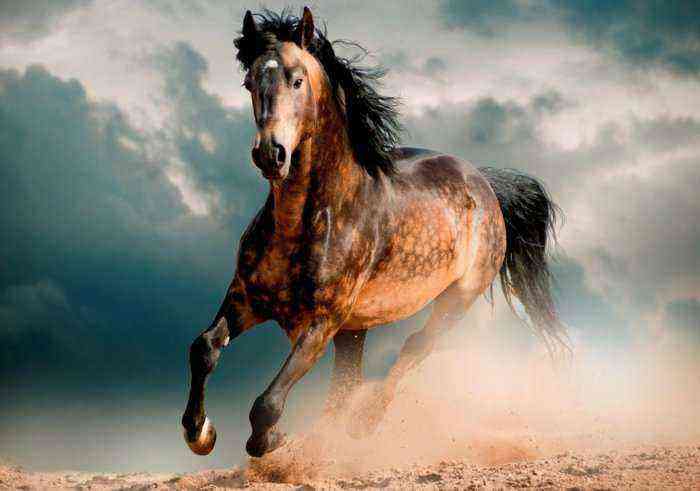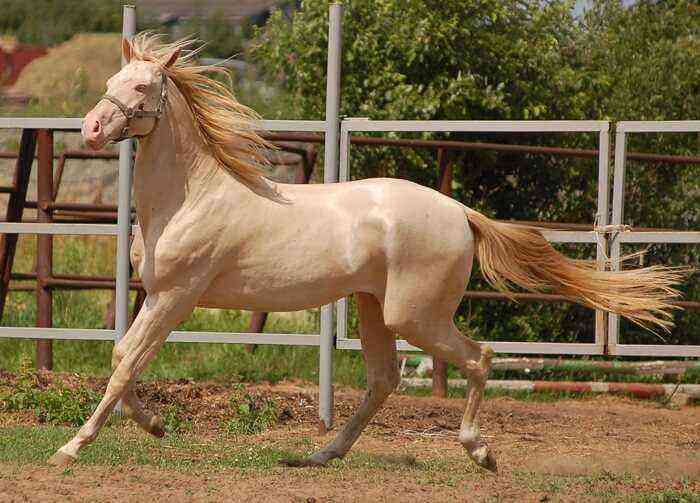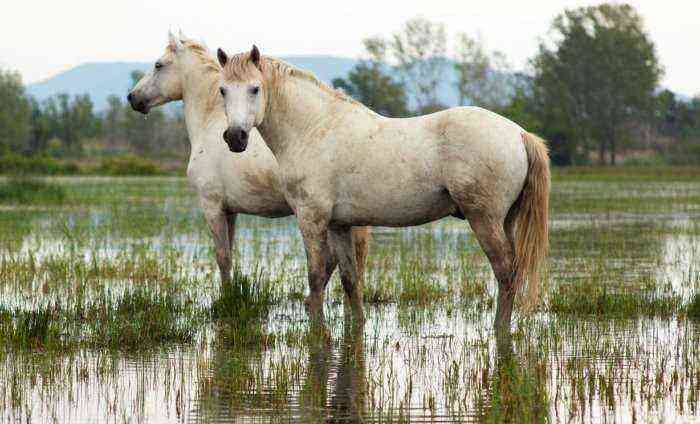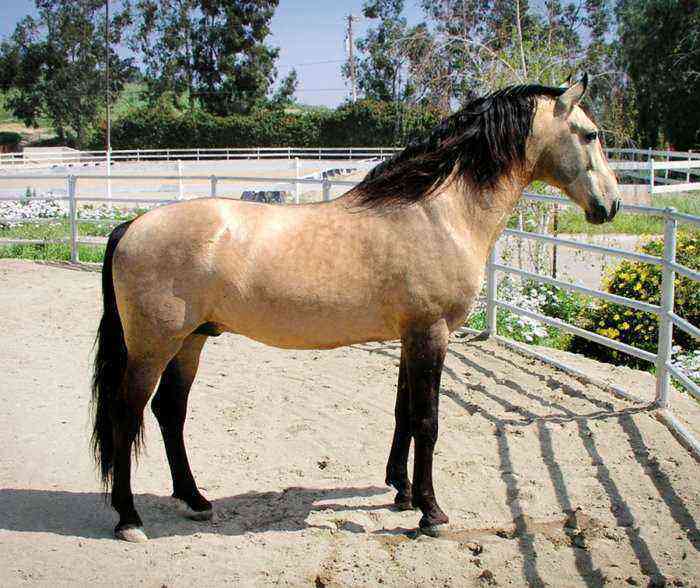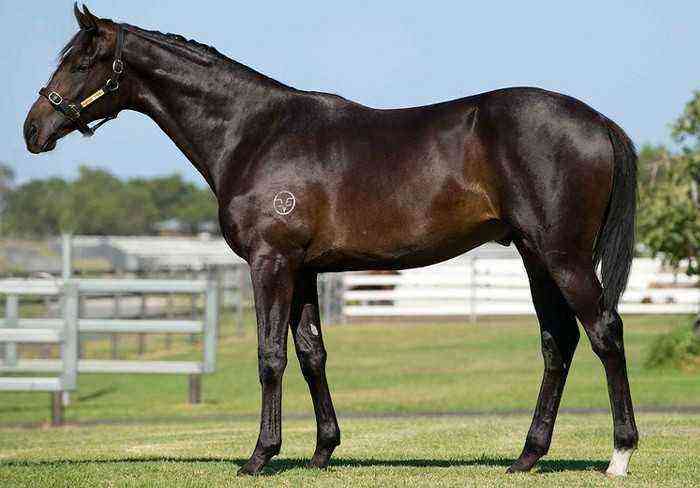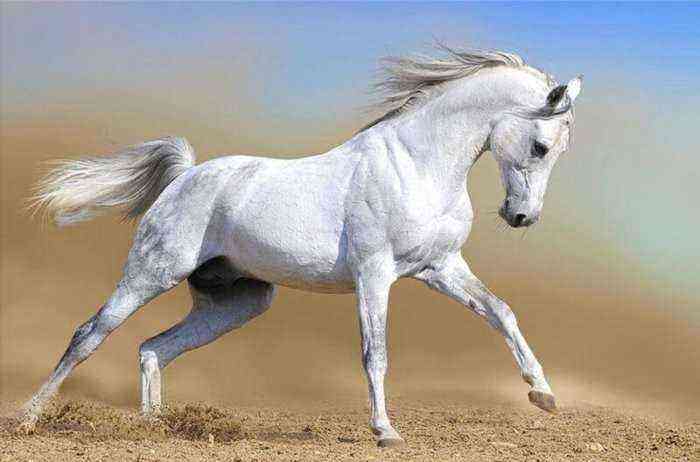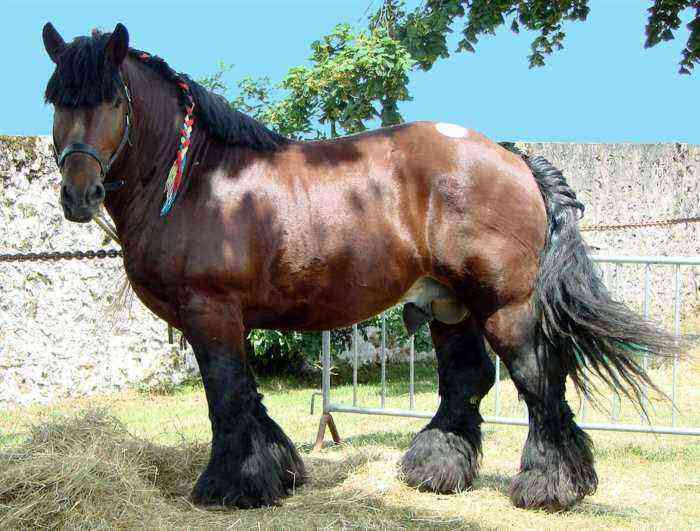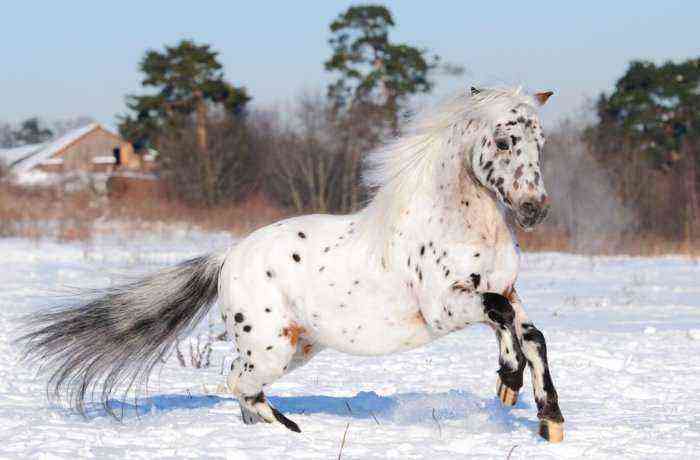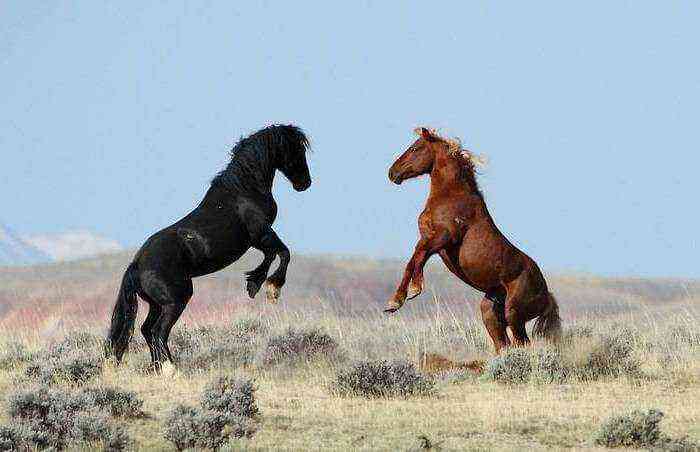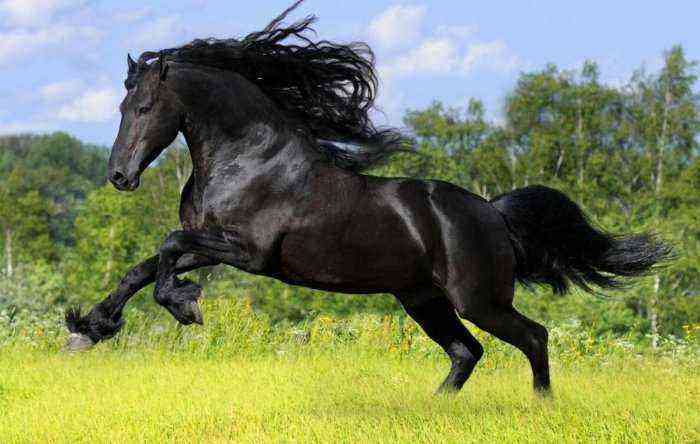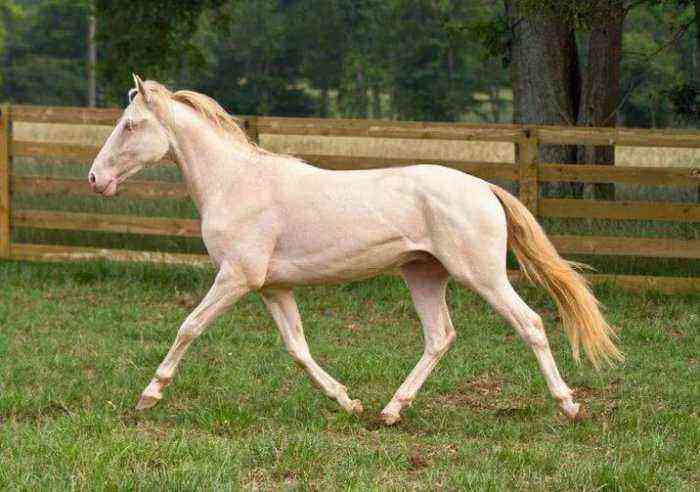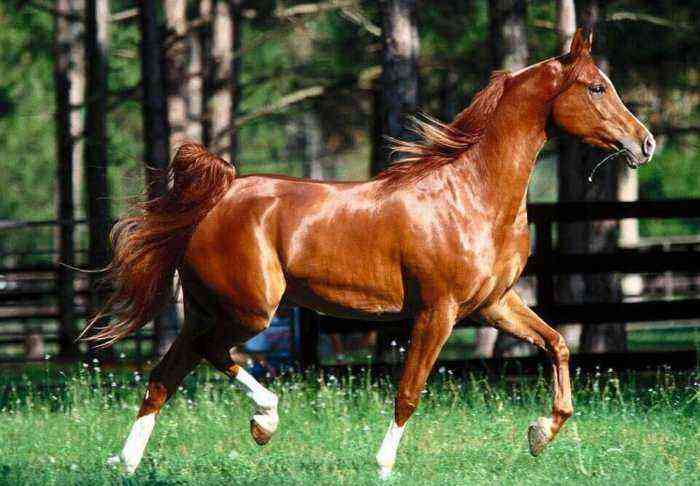The Boulogne horse breed comes from the northwestern part of France. She is considered one of the most graceful and graceful among heavy trucks. The development of the breed line was influenced by purebred Arabian horses. Thanks to this relationship, the animals inherited not only external beauty, but also excellent qualities – endurance, gait stability and the ability to develop great speed.
Boulogne
Breed origin
The ancestors of modern Boulogne horses existed even before the development of Christianity in the northwestern part of France. The Roman conquerors brought to their territories Arabian stallions, which were crossed with local mares. Looking closely at the modern representatives of the breed, one can notice some similarities with horses of the eastern type.
The Boulognese adopted from their Arab ancestors not only the body type, but also the ability to move beautifully. The cheeks of French heavy trucks also resemble thoroughbred oriental horses. In the 14th century, the breed was improved with the blood of Mecklenburg horses. They were distinguished by remarkable power. Thanks to this crossing, the Boulognes became stronger and more enduring, now they could carry knights in heavy armor.
The Boulogne breed is named after the area where it was bred, the small province of Boulogne. She received official recognition in the 17th century. When the First World War broke out, the number of breeding stock was sharply reduced, and during the Second World War, a few stallions and mares were miraculously saved.
Dedicated breeders tried their best to revive the breed line, but then the era of mechanization began, when the need for heavy draft horses dropped sharply. Today there are about 400 farms breeding the Boulogne horse. Animals are common not only in France, but also in other European countries – Germany and Belgium.
Exterior
There are 2 types of Boulogne horses – massive and light. The first was usually used for hard work in rural areas. Horses with a lightweight body type used to be called “fishmongers” because they were used to transport fresh fish from Boulogne to the capital of France. These horses were faster, which made it possible to deliver goods from one point to another in 22-24 hours.
Characteristics of the Boulogne breed:
- height at the withers 1,6-1,75 m;
- weight – 650-1000 kg, depending on gender and type;
- muscular body;
- the head is large, but, thanks to the narrow straight profile, it seems compact;
- the jaws stand out well;
- nostrils dilated;
- big eyes, expressive look;
- croup wide, forked, set low;
- the neck is very powerful, the withers are wide;
- the back is massive without a visible deflection in the lower back;
- the limbs are strong, with well-developed muscles, short;
- thick tail;
- the color is predominantly grey.

Boulogne breed
The nature and dignity of the breed
Representatives of the Boulogne breed have an accommodating character. Having got used to the owner, they readily work for his benefit, but in return they require care and attention. Horses inherited endurance and agility from their Arabian ancestors. Unlike other heavy trucks, they are able to run quickly, without slowing down over long distances. Their movements are light and graceful.
Breed advantages:
- Early maturity. Foals grow quickly and gain weight. By the age of one and a half, they start working and receive the same loads as adult horses.
- Good disposition. A horse will never offend a person if it is treated with respect.
- Undemanding to care and feed. Unlike other heavy draft breeds, Boulogne horses can get by with a smaller amount of food.
Features of care
The French Draft Horse exhibits moderation in feed intake. The basis of her diet are cereals and cereals. They provide animals with protein and give a boost of energy. The menu also includes:
- hay;
- fresh herbs;
- roots and vegetables.
Attention! Vitamins and minerals are introduced into the diet of horses from an early age.
Animals drink a lot. In hot weather and during intensive labor, adults consume up to 50 liters of water per day.
In autumn and winter, horses are kept in stalls, under a roof. Inside, you must have a clean and dry bedding. Each horse is given enough free space. It is important that the horse, after hard work, can comfortably sit and rest.
Particular attention is paid to hoof care. Every time after working in the field or a long run, they are inspected and cleaned, and the body is wiped dry. To reduce the load on the legs, the stables use a special shock-absorbing floor covering.
Bathe horses once a week. In the warm season, they are watered with a hose. The mane and tail are washed with shampoo, and then combed with a comb. Grease is used for hoof care. It protects the stratum corneum from cracking.
Use of modern Boulogne horses
Now French heavy trucks are no longer as in demand as in the 19th century, but the inhabitants of the French, German and Belgian provinces continue to use them in agricultural work.
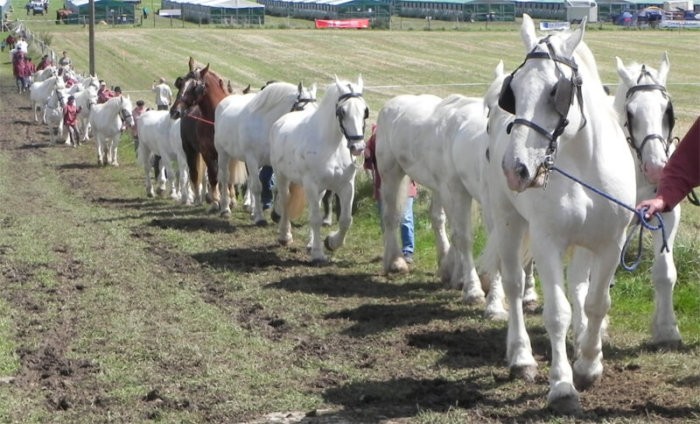
French Boulogne heavy trucks
Strong and hardy horses help to transport goods – animal feed, hay, firewood. Boulogne horses participate in exhibitions and are also used in equestrian tourism. However, most of the livestock in Europe is bred for horse meat.
The Boulogne heavy truck horse combines elegance, grace and beauty, but at the same time it has great strength. Animals received such a set of characteristics from their ancestors – Arabian thoroughbred horses. According to hippologists, the Boulogne horse is one of the most elegant heavy draft breeds in the world.


